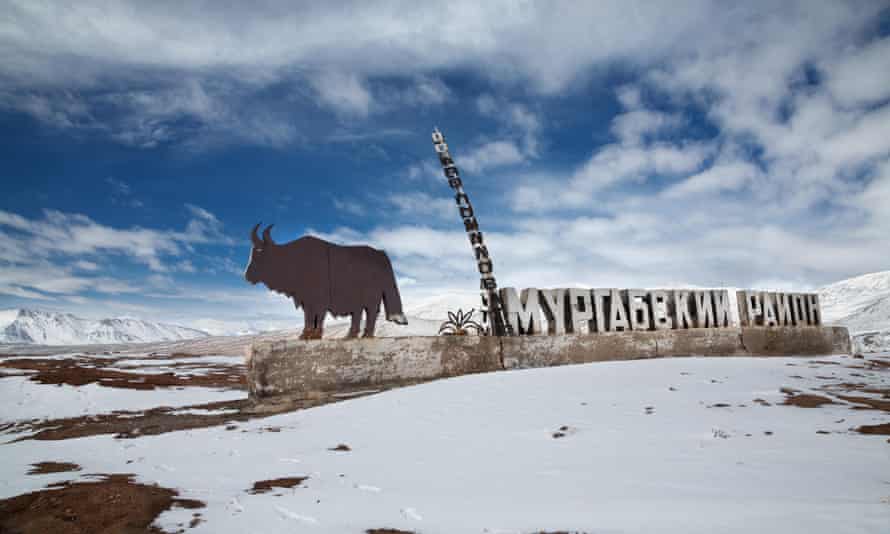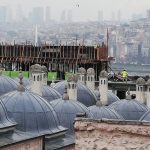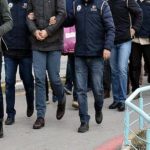Parents of men killed by Tajikistan forces have called on the international community to step in and urgently protect ethnic groups being targeted by the Tajik regime.
In a rare interview, families from the Pamiri ethnic minority have demanded that soldiers who killed their sons be brought to justice and urged the UN to prevent a new phase of conflict in Tajikistan, a landlocked country in central Asia.
The president of 28 years, Emomali Rahmon, is seen by the Pamiri people as wanting control of the autonomous province of Gorno-Badakhshan (GBAO).
“We want justice and the truth about why our children’s blood was spilt,” said Abdulmuminova Pevistamo Aqdodovna, 65. Her son, Ziyobekov Gulbiddin, 29, was killed on 25 November last year by Tajik security forces during an operation in the village of Tavdem, in GBAO province.
The Tajik authorities said Gulbiddin, who was the subject of a criminal investigation for allegedly harassing a Tajik prosecutor, resisted arrest and was killed in a shootout. But witness accounts and mobile phone footage, published weeks after, appear to show him being arbitrarily executed.
After the incident, relatives and neighbours took the body to the central square of Khorog, the capital of GBAO, where there was a spontaneous demonstration of several thousand people. During the protest, two more men, Gulnazar Murodbekov and Tutisho Amirshoev, were killed and 17 others injured when government forces reportedly opened fire on the protesters.
“The situation is becoming unbearable,” said Aqdodovna. “The government must explain to us why this happened. Our sons did nothing wrong. They weren’t criminals. They were innocent.”
After the protests, authorities visited the homes of the victims’ relatives, the mothers of the dead men claimed, with threats that, if they did not follow the police orders, the same fate would befall them.

“There is no justice here,” said Amirshoeva Amchigul Tutishoevna, 50, the mother of Tutisho Amirshoev, who was killed. “People no longer trust the authorities. They have lost faith in the institutions.”
“I have seen the changes in my country and governments from 1957 to today,” said 90-year-old Marodbekov Dustnazar, whose son was shot dead by police last autumn. “But what’s been happening in recent months is something I’ve never seen before. My wife is paralysed, my son has died, and my grandchildren have now lost their father. The authorities accuse us of violating the law, but it is they who are violating the law and the constitution.”
Conflict between Rahmon’s government and the Pamiri has continued for decades, with the minority group suffering discrimination in employment and housing and human rights abuses. The Pamir region has been the only place in the country where protesters against government oppression still take to the streets, despite the heavily authoritarian regime.
Since it gained independence from the former Soviet Union, Tajikistan has been involved in a sometimes violent border dispute with neighbouring Kyrgyzstan. During the Tajikistan civil war of 1992 to 1997, thousands of Pamiris were killed, in what some human rights activists have described as “ethnic cleansing”.
In 2012, during clashes seen by many in GBAO as an attempt by the Tajik government, which has little influence in the area, to bring the autonomous region under its full control, at least 40 civilians were killed.
Prof Parviz Mullojanov, a political scientist, said the repression was yet another confirmation of the “obsession of the central government to take control of the entire country”.
“It was a natural centralisation power process,” he said. “They started from the centre and gradually got rid of the independent commanders in the country, mainly in GBAO region.
“While in the rest of Tajikistan the level of unemployment is about 15–18% of the population, in the GBAO it is estimated to be as much as 30%,” said Mullojanov. “Pamiris are underrepresented in the government and discriminated against within the administrative structures.”
Viola von Cramon, a member of the European parliament with an interest in the region, said the EU was considering an inquiry. “We should be careful not to see the recent incidents as an isolated event.”
“It goes way back,” she said. “The autocratic rule in Tajikistan and lack of the rule of law boils up the ethnic tensions. The use of excessive force and the shooting of protesters, even if they were throwing stones, is unacceptable and contributes to the spiral of violence. These events need to be urgently investigated and everyone who overstepped their authority needs to be prosecuted.
“We are considering an inquiry and a resolution on the November events that still have strong ramifications – as people in GBAO are largely deprived of the freedom of expression and families of the killed are demanding justice.”
During the protests, mobile and internet coverage was blocked in GBAO, which constitutes 45% of Tajikistan, with a population of nearly 230,000. The internet is still only available to state institutions and key bank staff.

Security checkpoints have been reinforced, and hundreds of people who took part in the demonstrations have reportedly been banned from leaving the region. Special forces numbers have increased and, in January, Pamiri youth leader Amriddin Alovatshoyev disappeared. Alovatshoyev’s family said they were only told this week by Tajikistan’s interior ministry that he was in custody.
Over the years, a number of activists have left to escape repression and arrest. At least 15 Tajik citizens have been kidnapped or have disappeared in Russia or Turkey since crackdowns on opposition in 2015 in Tajikistan.
Repression in GBAO has been yet another conflict in central Asia which, in recent months, has seen an escalation of tensions. In Kazakhstan, peaceful protests in early January turned into violent unrest that left 225 people dead. Clashes between security forces and anti-government protesters in the energy-rich ex-Soviet state prompted President Kassym-Jomart Tokayev to declare a state of emergency and call in help from a Russian-led military bloc.
“This is actually the result of a combination of several factors, both internal and external,” said Mullojanov. “The internal factors are mainly the crisis of the existing political and economic model, which was created after the collapse of the Soviet Union. That economic system required reforms and the local government is not able to do that now. This is why we are facing such a crisis. It is like a domino effect – it started in Kyrgyzstan and then shifted to Kazakhstan, with Tajikistan and also Uzbekistan facing a similar crisis.”
Mullojanov said other factors have contributed to the destabilisation of the area, such as the collapse of Afghanistan, the intensification of jihadist activity and interference from Russia and China.
By: Lorenzo Tondo
Source: Guardian



